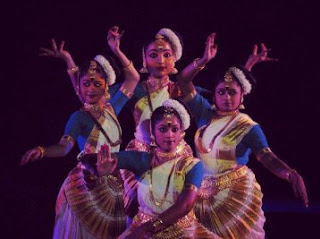Described as saakshaatdakshinaamurthi and kantheshaavataarah, Abhinavagupta, the towering Kashmiri genius and great acharya of Saiva darshan, whose contribution to Indian philosophy and thought in the areas of theatre, music, dance, and tantra is immeasurable, was a scholar with immense range. Like Shiva combining in himself the ascetic and the erotic, or to quote renowned scholar Navjivan Rastogi the prajna –purusa embodying features of Saraswati and Nataraja fused into one, Abhinavagupta’s intellectual capacities encompassed a diversity of disciplines from Tantra and renunciatory religious philosophy and metaphysics to aesthetics, not excluding historiography, literature and what have you. The three day seminar at IGNCA in this the thousandth year of Abhinavagupta, with reputed scholars and younger enthusiasts contributing papers, was an attempt to look at the totality of this encyclopaedic mind - the first in-depth analysis of this intellectual giant being the path breaking work in 1935 of Dr. K.C. Pandey (a scholar from Lucknow, joined later by K. C. Iyer). But for Abhinavagupta’s commentary Abhinava Bharati, deciphering Bharata’s Natya Sastra Karanas in depth would have been impossible. The seminar featured several papers on the acharya as the interpreter of the Trika system with his versicular commentary Malinivijaya Vartika on the Malinivijayottaratantra and his works like Paratrisika Vivarna, and his vision of non-dualism where “fullness, harmony and integrality” are but connotations of a changing universe built on one unified essence.
Read more in the site








































